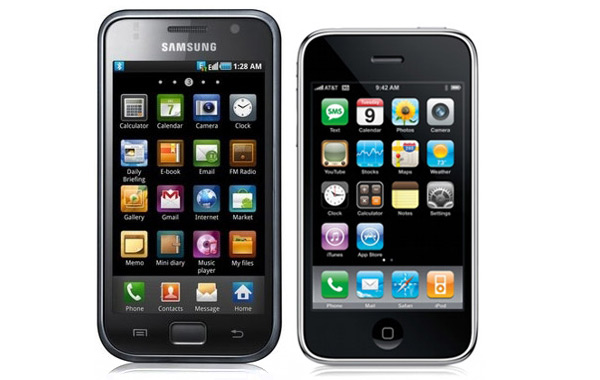 Design patents are often maligned as limited in their usefulness. Many clients want to obtain one or more utility patents for their new products but don’t think of the potential power of design patents. In the United States, design patents are used to protect the aesthetic aspects of a product. That may sound narrow or easy for competitors to design around, but that may not always be the case.
Design patents are often maligned as limited in their usefulness. Many clients want to obtain one or more utility patents for their new products but don’t think of the potential power of design patents. In the United States, design patents are used to protect the aesthetic aspects of a product. That may sound narrow or easy for competitors to design around, but that may not always be the case.
Apple’s design patents for the iPhone are an extreme example of the potential power of design patents. It should be noted that nearly 80% of Apple’s damages claim is based on design patent infringement.
Like any other patent, Apple can (and has) also assert infringement in the International Trade Commission. The result of a finding of infringement in the ITC is not damages, but rather an exclusion order that is enforced by customs who prevent the infringing devices from being imported. In the electronics (and many other industries) where production is done offshore, this is a heavy hammer to wield that effectively excludes the infringing products from one of the larges consumer markets in the world.
Because ITC proceedings are streamlined, they are considerably less expensive than litigation. This makes them available to a broader range of patent owners, including smaller companies.
Update —
The Federal Circuit has again held that patent licensing companies can utilize the ITC. There is a requirement that their be potential damage to “domestic industry” and licensing satisfies that requirement.

